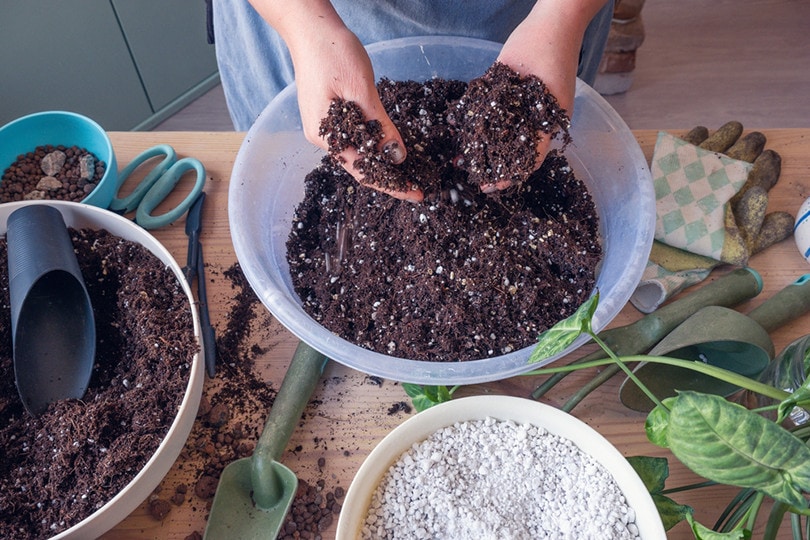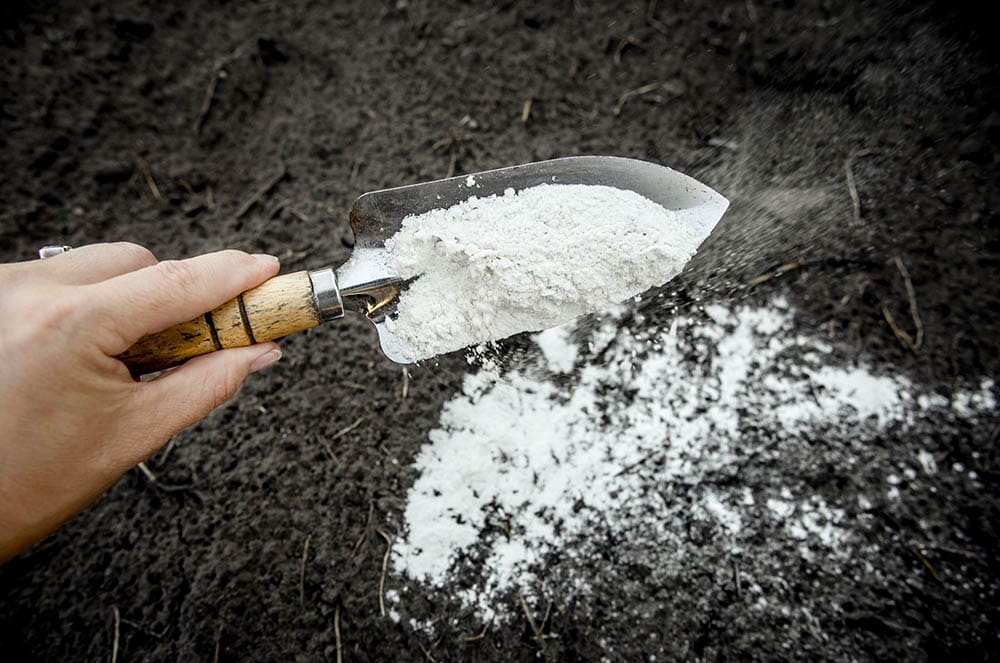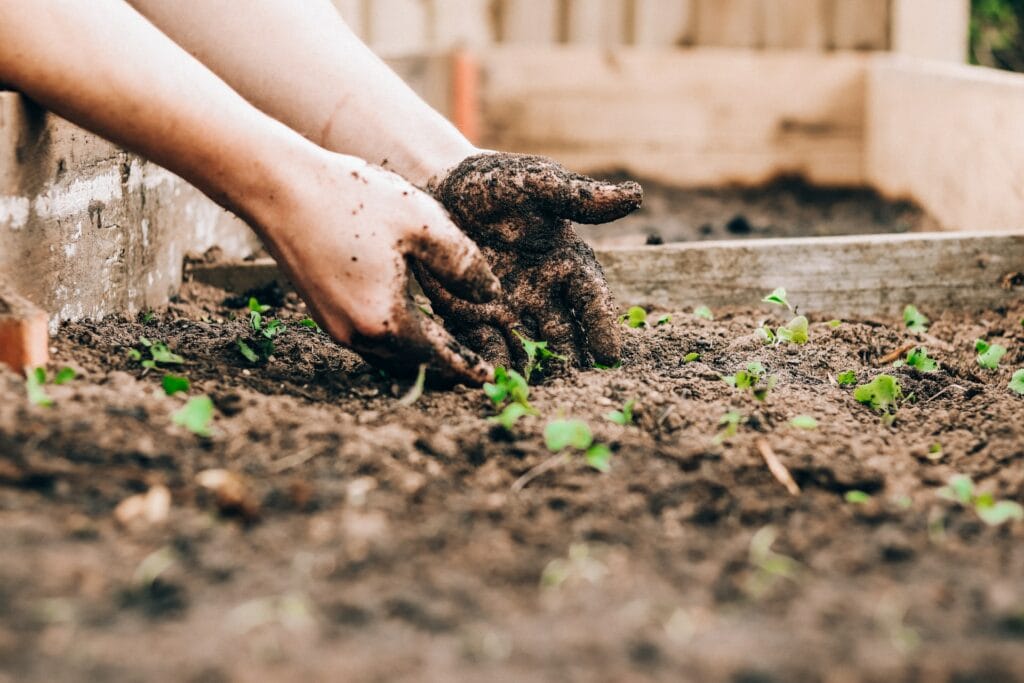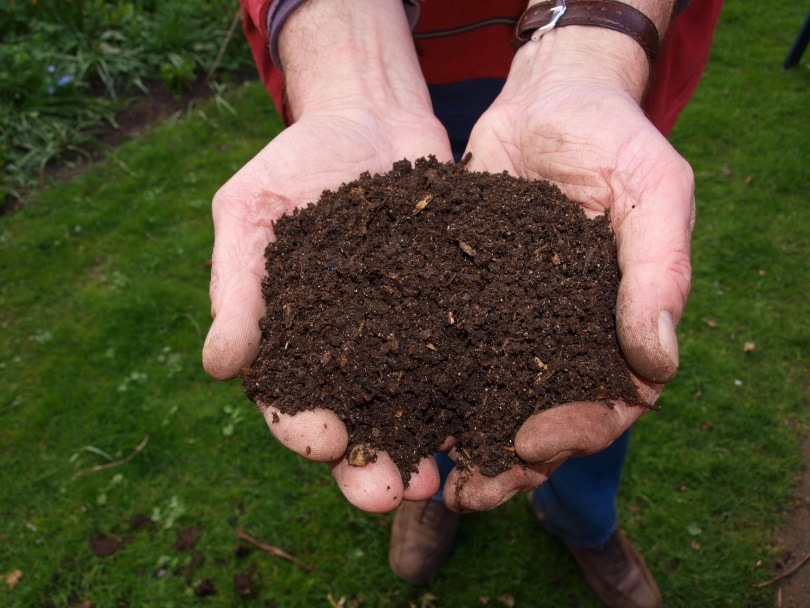Should I Add Lime to My Soil? How Much?
-
- Last updated:

Lime is an important part of any soil amendment program and can be beneficial to your plants in a number of ways. Namely, lime can help reduce soil acidity, improve drainage, and increase nutrient availability in the soil.
But how do you know if your soil needs lime? And if so, how much should you add? This guide will help you answer those questions.

What Is Lime?
Lime is a white, powdery substance made from calcium carbonate. It is sold in several different forms, including agricultural lime and dolomitic lime. Agricultural lime is the most common type of lime used for gardening and lawn care purposes.
It works to raise the pH of acidic soils and is commonly used on lawns, gardens, and farms. On the other hand, Dolomitic lime contains magnesium carbonate in addition to calcium carbonate. This type of lime can be beneficial for plants that need a little extra magnesium in their diet.

What Does Lime Do for Soil?
Lime can be used to correct a number of different problems in the soil. Acidic soils are a common problem in many gardens and lawns. Soils with a pH lower than 7 are considered acidic.
While some plants prefer alkaline soils, most plants do better in slightly acidic soils. But if the soil is too acidic, it can cause a number of problems for plants, including:
- Poor nutrient uptake
- Stunted growth
- Yellowing leaves
Lime will help to raise the pH of the soil, making it less acidic and correcting these problems. This can be helpful in areas where the soil is naturally acidic or if you have added too much fertilizer to the soil, which can make the soil more acidic.

When to Add Lime to Your Soil
If your soil is too acidic, adding lime will help to raise the pH and make it more neutral. Most plants prefer a slightly acidic to neutral pH (between 6 and 7), so if your soil is below that range, adding lime can help.
If your soil is more than 7, it’s considered alkaline and may need to be amended with sulfur to lower the pH. You’ll know your soil is too acidic if plants are yellowing or if you see aluminum or manganese staining on your plant leaves.

Adding Lime
Now that you know lime’s purpose and function, let’s take a look at the steps you need to take to lime your garden beds for optimal plant health.
There are a few key things to keep in mind when liming your garden:
The best time to lime is in the fall after the growing season is over. This gives the lime time to break down and become available to plants before they start actively growing again in the spring.
How much lime you need to add to your soil depends on the current pH of your soil, as well as the type of lime you are using. Dolomitic lime contains both calcium and magnesium, while calcitic lime contains only calcium.
It’s important to have your soil tested before adding any lime, so you can determine how much (if any) to add. You can test your soil yourself with a simple home soil test kit, or you can send a sample of your soil to a professional testing lab.
Lime can burn plants if applied in too high of a concentration, so be sure to follow the recommendations from your soil test and/or the manufacturer of the lime product you are using.
Adding lime to your garden beds is a great way to improve plant health and encourage strong growth. With just a little bit of planning, you can make sure your plants get the nutrients they need to thrive.

Conclusion
Lime can be a beneficial addition to your soil, but you should be careful not to add too much. It’s important to remember that lime can change the pH of your soil, making it more alkaline.
This can be good for plants that prefer alkaline soils, but it can be harmful to plants that prefer acidic soils. If you’re not sure how much lime to add to your soil, it’s best to consult with a local gardening expert.
Featured Image Credit: Cem Selvi, Shutterstock
Contents

